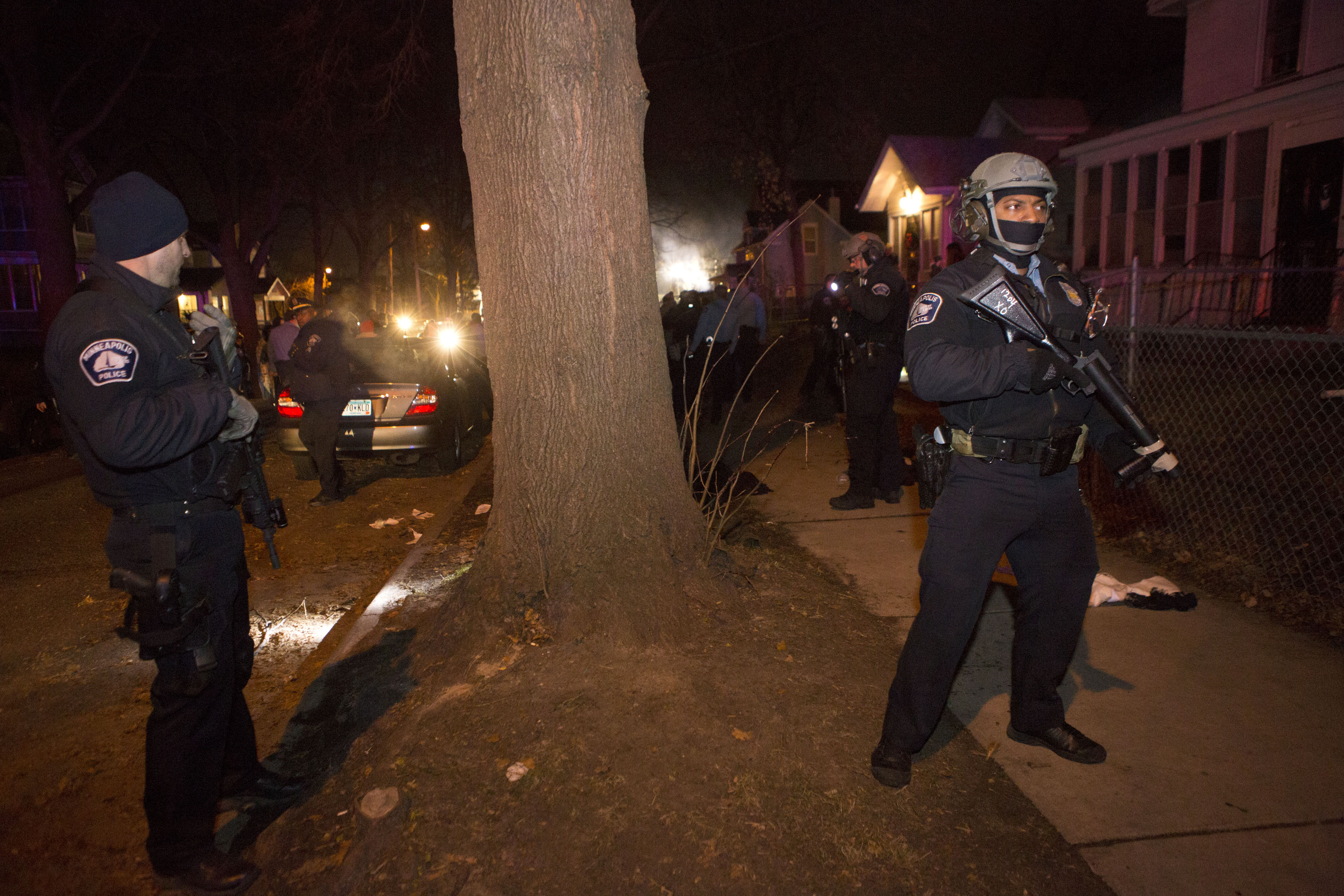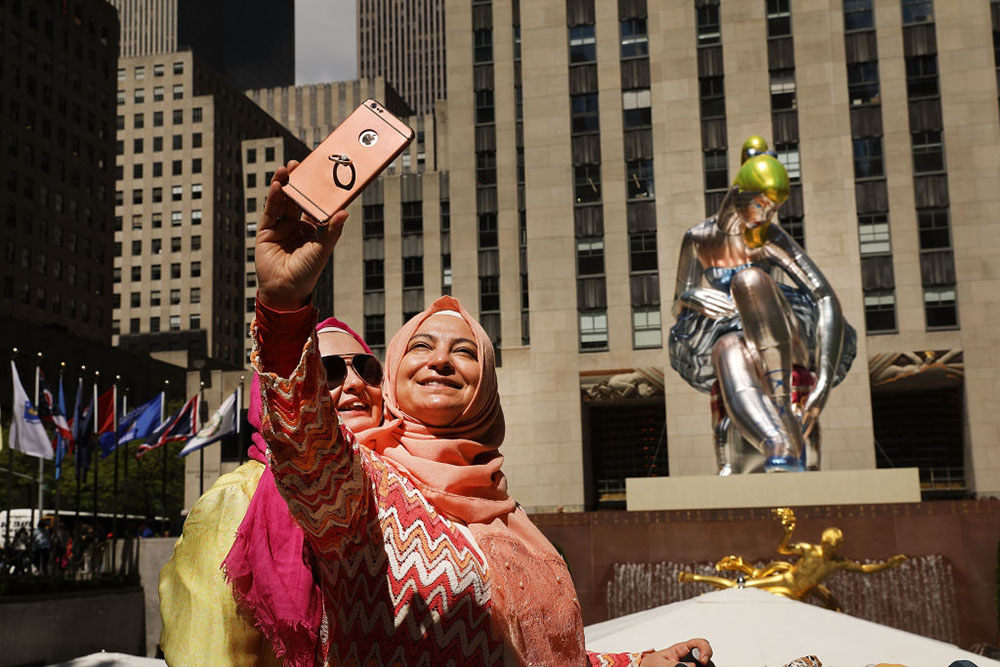I returned to New York City in the autumn of 2018 for the first time in nearly a decade. The shape of the city was the same, and it still had the intoxicating fast pace that I imagine has been part of the fabric of New York long before I was even born. But details were changed — one, notably, the way fares were collected for public buses. As city changes go, this one could easily be mistaken as minor, but it was significant enough to earn me a $100 fine within minutes of setting foot in the city. And I am not the only causality of the recent changes in the way New York handles its fares.
Ride any train in the city and you’re bound to see the signs — wallpapered across stations and on the insides of trains — warning passengers that they’re better off paying the $2.75 fare than the $100 fine, and directing them to use turnstiles to enter and exit the tunnels, as opposed to gates, which can easily be held open and passed through without paying. If you ride in the Bronx, Brooklyn, or Queens, you’re bound to see fare checks taking place, or to be subject to one yourself.
Get Talk Poverty In Your Inbox
Here’s how it happened to me: I approached one of the Metro Transit Authority (MTA) automated ticketing booths at LaGuardia Airport and purchased a fare card with something like 30 dollars on it. When I got on the bus, amidst a pretty typical New York crowd, I didn’t see anywhere to swipe my card. But people were cramming in behind me, so I shrugged it off. I could figure it out when I got off, or pay the same fare at the next stop, where I would have been using a receipt had this fare gone through. In any case, my money had transferred from my bank account over to the MTA — so good enough, right?
At the bus stop in Queens, we were greeted by two burly police officers in full cop regalia — guns and batons at hip, the whole show. There was no crowded shoving now; everyone stepped off single file, flashing a paper receipt to the cops before walking off. A paper receipt I didn’t have. I showed the officers my Metro card and explained the steps I’d taken to pay the MTA. One of them told me I had gone to the wrong machine. He pointed at the display of machines behind us. When I told him I used a machine like that, he replied that no I hadn’t, but the one that I used was almost the same. Almost the same, but not right. Then his partner demanded my ID card and fined me $100.
What happened to me in 2018 is part of a city-wide crackdown by the Metro Transit Authority (MTA) on fare evasion. The crackdown is supposedly aimed at preventing the MTA from hemorrhaging hundreds of millions of dollars they say are lost to people skipping fares. In 2018, the MTA reported that loss at $225 million, but the Office of the Inspector General thinks that was an undercount, and loss estimates for 2019 are closer to $300 million. While subway fare evasions are certainly a major contributor to these financial losses, it’s bus routes that are taking the biggest hit, including Select Service routes used to connect subway systems, like the one I was riding from the airport.
But as my experience illustrates, the crackdown behaves like a Kafka-esque authoritarian overreach. In the best circumstances, authorities fine people for giving money to the MTA through the wrong slot, or for just being unfamiliar with the local nuances of the payment system, which is especially absurd in a city with as much tourism as New York. In the worst light, the fare evasion crackdown targets the city’s most vulnerable populations, criminalizing poverty and giving New York police another excuse to fine and jail Black and Brown people.
The NYPD has been reticent to reveal racial and ethnic demographic information about who is being fined, even resulting in a lawsuit in 2018. But data now available show summonses are being disproportionately distributed to Black and Hispanic (their language) populations. In the second quarter of 2019, 15,280 summonses were issued. Of those, 6,110 were Black, and 5,154 were Hispanic. In contrast, only 2,586 were issued to passengers identified as white, even though non-Hispanic whites comprise nearly half of New York City’s population. 712 summonses were issued to people under the age of 18.
Tickets aren’t the only consequence of fare enforcement stops. Manhattan district attorney Cyrus Vance announced in 2017 that his office would stop prosecuting for “theft of services” on public transportation. The decriminalization of fare evasion in New York led to a sharp decline in arrests related to fare evasion, which saw nearly 10,000 people jailed in 2016.
But as the recent high profile arrest of nineteen-year-old Adrian Napier shows, arrests are still happening — and mostly to Black men. People with outstanding warrants are at particularly high risk of being arrested. But bystanders have been posting recordings on social media of violent subway arrests of “unruly” fare beaters. Reports from around the city are also catching officers stationed around transportation stops making arrests for reasons like unauthorized sales of candy and sweets. In the second quarter of 2019, NYPD reported 682 arrests related to fare evasion. Of those, 414 were Black. Only 76 were white. Ten were minors. The overwhelming majority of people arrested were identified as male, indicating that the new campaign is functioning as yet another excuse for the NYPD to jail men with black and brown skin.
While all this has been going on in the name of saving money, use of public transportation in New York has taken a sharp decline. Subway rides had seen an increase until 2016, when ridership dropped slightly. After 2017, both buses and subways saw a dramatic slope in their ridership stats, with bus ridership dropping by 5.1 percent. In 2018, subway and bus ridership dropped by 2.1 and 4.4 percent, respectively.
Fare evasion is not unique to New York City, but not every city views it as a priority police matter. In Seattle, where I grew up, King County Metro launched a new Fare Violation Program. When I was living in Seattle, prior to the beginning of 2018, bus savvy Seattle residents knew that travels taking place in North Seattle through Downtown would probably not be interrupted by fare enforcement agents. Travel South toward the airport, and you’d need to show proof of payment. This was very much delineated by racial lines. Neighborhoods in North Seattle are divided into affluent sections and very poor areas, but all of them are mostly white. Gentrification has begun to reshape the city, but the South-end has historically been a mostly Black and Latino area. Fare enforcement agents usually began entering just before the International District, which houses a mostly Asian population and several low-income housing complexes. All in all, Seattle’s fare enforcement protocols appeared as racially biased as those in New York. Now, Seattle seems to be trying to correct some of these issues by scaling back punitive measures against fare beaters.
Previously, fare evasion could result in a $124 fine that was handled in civil court, although riders would usually receive one or two warnings before getting the fine. Now, fines are $50, and if paid within 90 days they will be further reduced to $25. Riders also have the option to pay that $25 toward their own ORCA card (Seattle’s kitschy transit card that, yes, does have an orca whale on it). They can also perform two hours of community service or enroll in one of the reduced fare programs offered by the city. The program that serves the largest population is ORCA Lift — which I am still enrolled in because enrollment lasts five years — and is available to all Seattle residents who meet their low-income requirements. Indigent riders also have the option to appeal the citation, which may be overturned based on “extenuating circumstances.”
Seattle’s 2019 program comes on the heels of a similar program rolled out in Portland, Oregon, in 2018. In 2018, a Multnomah County Circuit Court Judge ruled that random fare checks on TriMet, Portland’s public buses, were unconstitutional. The lawsuit, spearheaded by the American Civil Liberties Union (ACLU), was incited by an incident involving Ana Del Rocio, one of the only Latina members of the David Douglas school board. She was arrested after refusing to supply identification, which is her right under state law. The ruling means that TriMet will no longer be able to perform random fare checks, similar to the kind I was subject to in New York City. TriMet also began offering community service and enrollment in reduced fare programs in lieu of paying fines, as well as tiered fines. Repeat offenders will receive increased fines or community service hours before being banned from services for 90 days.
Washington, D.C., recently decriminalized fare evasion and reduced the whopping $300 fine to $100. This was after the Washington Lawyer’s Committee released findings from a data analysis that discovered 91 percent of fare evasion citations were issued to Black riders, even though just under half the population of D.C. is Black. 46 percent of citations were issued to passengers under the age of 25, and one was only seven years old.
But the most radical change comes out of Kansas City, Missouri, which is now poised to offer free city-wide public buses. In December 2019, the city council unanimously voted to pass a resolution that will make public transportation free, once the next fiscal year budget is approved and designs are put in place. The measure, called Zero Fare Transit, is estimated to cost $8 million. This will make it the first major U.S. city to offer free city-wide public transportation in the 21st century, though a few other cities experimented with it unsuccessfully in the 20th century. The smaller city of Chapel Hill, North Carolina, which has a population of approximately 60,000 and operates just 121 buses, has offered free public transit since 2002.
When I returned to New York in December 2019, the first thing I did was load my Metro Card. During a trip downtown to meet a friend for coffee, I swiped my card, but the turnstile wouldn’t budge. The machine directed me to swipe again at the same turnstile, but when I did — no budge. I continued to swipe my card and receive the same error message directing me to swipe again. Finally, exasperated, I moved on to another turnstile. This time it worked — but a swipe at the other turnstile had also been deducted.
Does that mean I can now send MTA a $100 summons?











